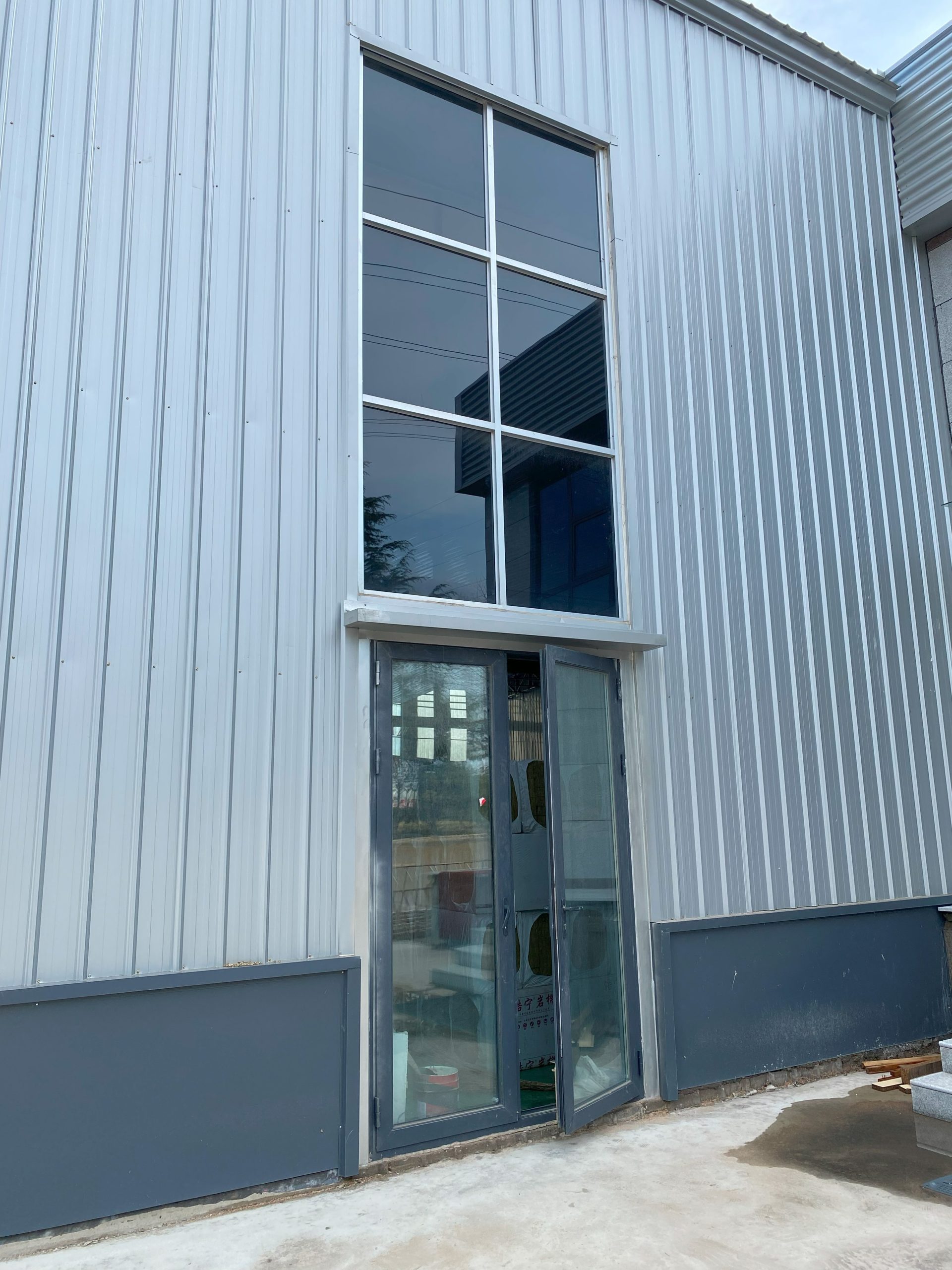Table of Contents
Exploring the Impact of Size and Thickness of Sound-Absorbing Cotton on Sound Insulation
Sound-absorbing cotton, also known as acoustic cotton, plays a pivotal role in sound insulation. It is a material specifically designed to absorb sound waves, thereby reducing noise and enhancing the acoustic quality of a space. The effectiveness of sound-absorbing cotton in sound insulation is influenced by several factors, among which the size and thickness of the cotton are of paramount importance.
The size of the sound-absorbing cotton refers to its surface area. A larger surface area allows the cotton to absorb more sound waves, thereby providing better sound insulation. This is because sound waves are absorbed when they hit the surface of the cotton. The larger the surface area, the more sound waves can be absorbed, resulting in less noise. Therefore, using larger pieces of sound-absorbing cotton can be more effective in sound insulation.

However, the size of the sound-absorbing cotton is not the only factor that affects its sound insulation properties. The thickness of the cotton also plays a crucial role. Thicker cotton can absorb more sound waves than thinner cotton. This is because sound waves have to travel through the thickness of the cotton to be absorbed. The thicker the cotton, the longer the sound waves have to travel, and the more they are absorbed. Therefore, using thicker sound-absorbing cotton can also enhance sound insulation.
It is important to note that the relationship between the size and thickness of sound-absorbing cotton and its sound insulation properties is not linear. This means that doubling the size or thickness of the cotton does not necessarily double its sound insulation properties. Instead, there is a point of diminishing returns, beyond which increasing the size or thickness of the cotton does not significantly improve its sound insulation properties. This is because the additional surface area or thickness only absorbs a small amount of additional sound waves.
Moreover, the effectiveness of sound-absorbing cotton in sound insulation also depends on other factors, such as the frequency of the sound waves and the material of the cotton. Higher frequency sound waves are more easily absorbed by the cotton, while lower frequency sound waves are more difficult to absorb. Therefore, the size and thickness of the cotton need to be adjusted according to the frequency of the sound waves to achieve optimal sound insulation. As for the material of the cotton, different materials have different sound absorption coefficients, which affect their sound insulation properties.
In conclusion, the size and thickness of sound-absorbing cotton significantly impact its sound insulation properties. Larger and thicker cotton can absorb more sound waves, providing better sound insulation. However, there is a point of diminishing returns, beyond which increasing the size or thickness of the cotton does not significantly improve its sound insulation properties. Additionally, the frequency of the sound waves and the material of the cotton also influence its sound insulation properties. Therefore, when choosing sound-absorbing cotton for sound insulation, it is necessary to consider not only its size and thickness but also the frequency of the sound waves and the material of the cotton.
Understanding the Effects of Varying Sizes and Thicknesses of Sound-Absorbing Cotton on Soundproofing
Sound-absorbing cotton, also known as acoustic cotton, is a material widely used in various industries for its soundproofing properties. It is commonly used in recording studios, home theaters, offices, and other environments where noise reduction is crucial. The effectiveness of sound-absorbing cotton in sound insulation is influenced by several factors, among which the size and thickness of the cotton play a significant role.

The size of the sound-absorbing cotton refers to its overall dimensions, including its length, width, and height. The size of the cotton determines the total area that it can cover, which directly impacts its soundproofing capabilities. Larger pieces of cotton can cover more area and therefore absorb more sound, reducing the overall noise level in a room. However, the size of the cotton should be chosen based on the specific requirements of the space. For instance, smaller pieces of cotton may be more suitable for smaller rooms or specific areas within a room that need targeted soundproofing.
On the other hand, the thickness of the sound-absorbing cotton refers to how deep or dense the material is. The thickness of the cotton is directly related to its ability to absorb sound waves. Thicker cotton has more material to absorb sound waves, which makes it more effective at reducing noise. However, it’s important to note that the effectiveness of the thickness in sound absorption also depends on the frequency of the sound. Lower frequencies require thicker cotton for effective sound absorption, while higher frequencies can be absorbed by thinner cotton.
The relationship between the size and thickness of the sound-absorbing cotton and its soundproofing capabilities is not linear. It’s not always the case that larger and thicker cotton will provide better soundproofing. The effectiveness of the cotton also depends on other factors such as the type of sound, the source of the sound, and the characteristics of the room. For example, a room with hard surfaces will reflect more sound waves, requiring more or thicker cotton for effective soundproofing.
Moreover, the installation of the sound-absorbing cotton also plays a crucial role in its effectiveness. The cotton should be installed in a way that it covers the entire surface area that needs to be soundproofed. Gaps or spaces in the installation can allow sound waves to pass through, reducing the effectiveness of the soundproofing. Therefore, it’s important to ensure that the cotton is installed properly, regardless of its size or thickness.
In conclusion, the size and thickness of sound-absorbing cotton significantly influence its soundproofing capabilities. Larger and thicker cotton can generally provide better soundproofing, but the specific requirements of the space and the characteristics of the sound also need to be considered. Proper installation of the cotton is also crucial for effective soundproofing. Therefore, when choosing sound-absorbing cotton for soundproofing, it’s important to consider not only its size and thickness but also the specific needs of the space and the nature of the sound to be absorbed.
